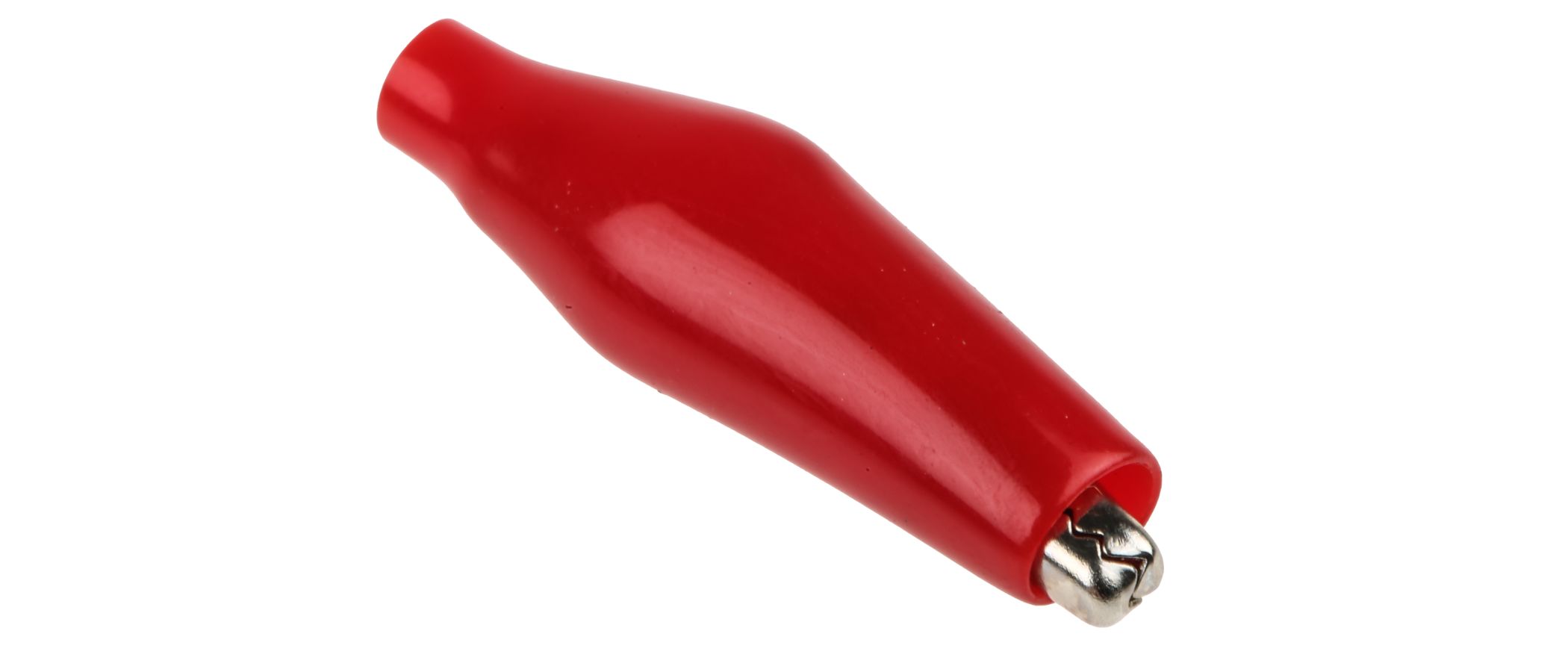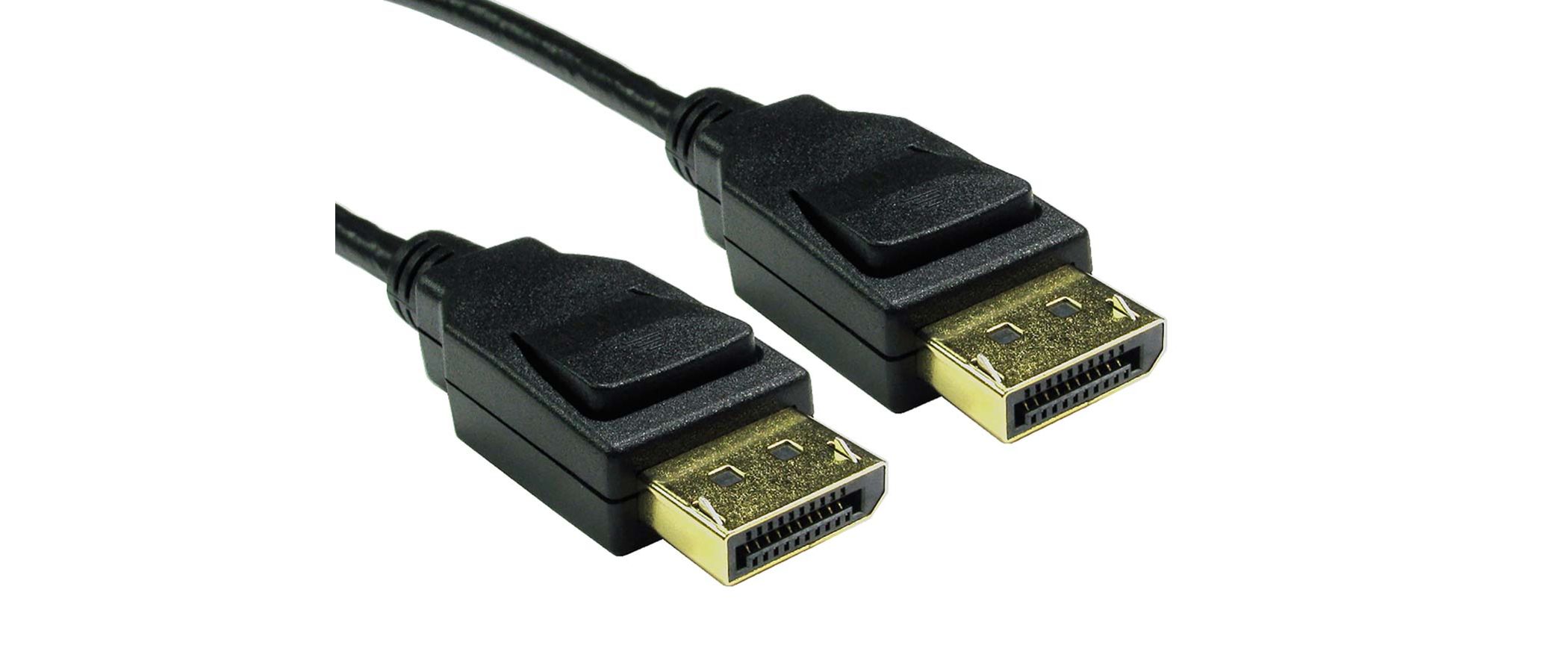A Complete Guide to Banana Plugs
Our banana plugs guide explains, their uses, types, how they work, how to use them and the best options for you.

What is a Banana Plug?
What are banana plugs? They are visually distinctive cylindrical connectors for electrical wiring.
The name is a reference to a protruding prong that bulges slightly in the centre, called a banana due to its supposed resemblance to the fruit. This contains a spring-mounted fin that expands once it has been inserted into an equipment socket, creating a firm and potentially permanent hold.
Banana plugs were invented in 1924 by German engineer Richard Hirschmann, although now-defunct US company General Radio made a competing claim.
They are also known as banana connectors and 4mm connectors. The latter is a reference to a standard diameter.
What are Banana Plugs Used for?
Banana plugs provide a tidy and safe way to connect wiring to equipment via compatible banana sockets. They can be connected and disconnected quickly. Without banana plugs, it would be necessary to attach and reattach bare wiring on audio and similar equipment, with the resulting risk of short circuits and equipment overload.
Banana plugs are used with a variety of audio equipment, including:
-
Hi-fi receivers
-
Wired sound systems and speakers
-
Audio cables and wires
-
Amplifiers
-
Loudspeakers
-
Auxiliary (aux in) jacks for standard headphone connections
Banana plugs are also employed in:
-
TV aerials
-
Laboratory testing equipment - including the multi-prong binding posts used with electrical circuit boards
Types of Banana Plugs
As with most other types of connector, banana plugs are available in a variety of designs for different uses.
One central difference is the presence of insulation. Banana plugs and sockets intended for high voltage settings normally feature insulation to protect users from shock.
Let’s take a look at some of the key types of banana plug:
Closed Screw Banana Plugs
Closed screw banana plugs are made from two cylindrical parts screwed together. The wire enters the plug from the back end and is completely enclosed within the casing, safely isolating it from the outside world. Closed screw banana plugs are typically used with speakers and audio equipment.
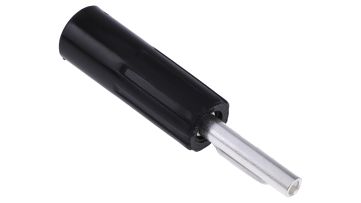
Gold Banana Plugs
Gold plated banana plugs offer a high level of electrical conductivity and are also noted for their attractive appearance. The gold plating is often combined with other conductive metals such as brass.
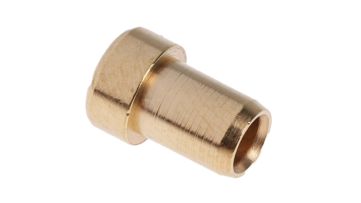
Solder Type Banana Plugs
A solder type banana plug is designed to incorporate wires attached by soldering. This creates a reliable electrical connection.
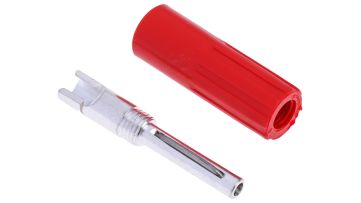
Additional types of banana plug include:
Banana Plug Covers
Banana plug covers, also known as shrouds, are tubes that surround and protect the prong. They are automatically retracted when the plug is inserted into a socket. Sockets may also include shrouding. Banana plug covers are used for higher voltage equipment such as those used in test labs.
Locking Banana Plugs
These plugs include a mechanism that causes the prong to expand further than the standard spring-mounted fin after insertion into a socket, creating a very strong hold. They are a good choice if you need to ensure that cables will not come loose or be pulled out of the attached equipment accidentally.
Double Banana Plugs
Dual or double banana plugs consist of two plugs in a single housing, which may also feature a different type of cabling connector on the other side. This allows the creation of a sturdy connection to or from two separate audio cables.
Angled Banana Plugs
These specialist banana plugs feature a pin at a 90-degree angle to the cable. This allows them to be inserted top-down, providing a stronger, more secure connection than that provided by side insertion. The latter can be weakened by wire stress and accidental tugs. They are typically used with multimeters and similar test equipment.
Banana Plug Genders
Many electrical connectors are available in male (inserting) and female (enclosing) designs. Banana plugs are male connectors and they are inserted into the female counterparts, known as banana sockets or banana jacks.
Compatibility between banana plugs and sockets can be affected by the presence of insulation. It will, for example, prevent sheathed male plugs from fitting even unsheathed female sockets. Unsheathed male banana plugs will, of course, fit both sheathed and unsheathed female sockets.
Speaker plugs frequently feature uninsulated ends.
How Do Banana Plugs Work?
After the banana plug prong has been inserted into the socket of the recipient device, the internal spring causes a metallic fin to press against the sides of the socket, creating a strong electrical connection as well as a tight hold, preventing the plug from coming loose.
At the opposite end, you will find a component designed to hold the wiring. On open screw types, it is attached to a lug connector - a protruding bolt to which a length of insulated equipment wire is attached, via crimping, soldering or an easy-to-use built-in screw. Such connections are called terminations and this may be included in the plug description - solder termination, crimp termination etc.
Alternatively, the wire may be held in place by a metallic cylinder into which it has been inserted from the rear. An upper cylinder featuring the prong is then screwed over the top. This is called a closed screw banana plug.
Some banana plugs can be attached to each other via 4mm holes at the far end. These are called stacking or stackable plugs.
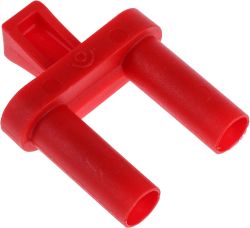
How to Use Banana Plugs
Using banana plugs is relatively straightforward and requires no special training. Once they have been installed they will provide a seamless and reliable connection. Let’s take a look at how to connect banana plugs to various types of equipment.
How to Connect Banana Plugs to a Receiver
Receivers are the central processing units in hi-fi and sound systems.
-
Gather your equipment. You will need an appropriate length of insulated dual conductor speaker cable, a wire stripper, and a banana plug for each strand of the receiver wire - typically a positive red plug and a negative black one
-
Switch off your receiver
-
Take your wire stripper and peel off approximately a quarter of an inch of the insulation on one of the two wire conductors (either positive or negative) and then twist the exposed copper wire strands together
-
Remove the fastening screws from the end of the banana plug
-
Insert the exposed wire into the lug and re-attach the fastening screws
-
Repeat the process for the second conductor
-
Insert the positive and negative plugs into the corresponding jacks (sockets) on the receiver
How to Connect Banana Plugs to Speakers
The procedure for connecting banana plugs to speakers is very similar.
-
Cut your dual conductor wire to the required length
-
Peel each conductor away from the other for an inch or two
-
Using a wire stripper, peel back the insulation from the end of each conductor, for about half an inch, exposing the wire within
-
Twist the exposed inner wire together on each strand
-
Unscrew your two banana plugs - red (positive) and black (negative) - and insert the corresponding conductor into each until you cannot push them any further. Once both wires are fully inserted, reattach the screws to hold the wires in place
-
Insert the positive and negative banana plugs into the corresponding sockets on your speaker
How to Connect Banana Plugs to a TV
Here is the procedure for connecting an external speaker to a TV using closed and pin type banana plugs:
-
Work out the length of wire you will need to connect your external speaker to your TV and cut accordingly
-
Remove the plastic jacket from the two conductors
-
Strip the insulation from the very end of each conductor, using a stripper or similar tool, but do not strip too far
-
Unscrew two closed type banana plugs
-
Insert the exposed copper wire on one of the conductors into the rear part of the plug until it protrudes a short length from the opposite end. Then fan out the protruding strands, being careful not to tangle these with the screw threading or this will prevent a tight fit
-
Reassemble the banana plug by screwing the top part back on
-
Repeat this process for the second conductor
-
Repeat the same process a second and third time to install banana plugs at the opposite ends of each conductor, matching the colour code on the connector with the corresponding conductor (red for positive and black for negative)
-
Insert the closed type plugs into the component ports on your TV and the opposite plugs into the corresponding red or black sockets on the speaker
How to Remove Banana Plugs
Removing a banana plug connector is very simple - just apply moderate pressure and pull the cable from the socket. Do not tug with too much force or you may dislodge the wire.
Banana Plug Sizes
Banana plugs feature metal pins of varying diameters and lengths. The most commonly seen metal pin has a diameter of approximately 4mm or 5/32 of an inch. This has become the standard size. Miniature 2mm diameters plugs are also common. These and alternative 3mm plugs are usually referred to as mini bananas or just small banana plugs.
Unsurprisingly, 4mm and 2mm are also standard sizes for banana sockets.
Meanwhile, the most common length is 20mm or ¾ inch, but shorter sizes are becoming popular, especially in the United States, in particular 15mm or ⅝ of an inch. These are sometimes called short banana plugs and they provide an unobtrusive connection with a literal low profile.
Less frequently seen lengths are:
-
25mm (1 inch)
-
11mm (⅜ inch)
